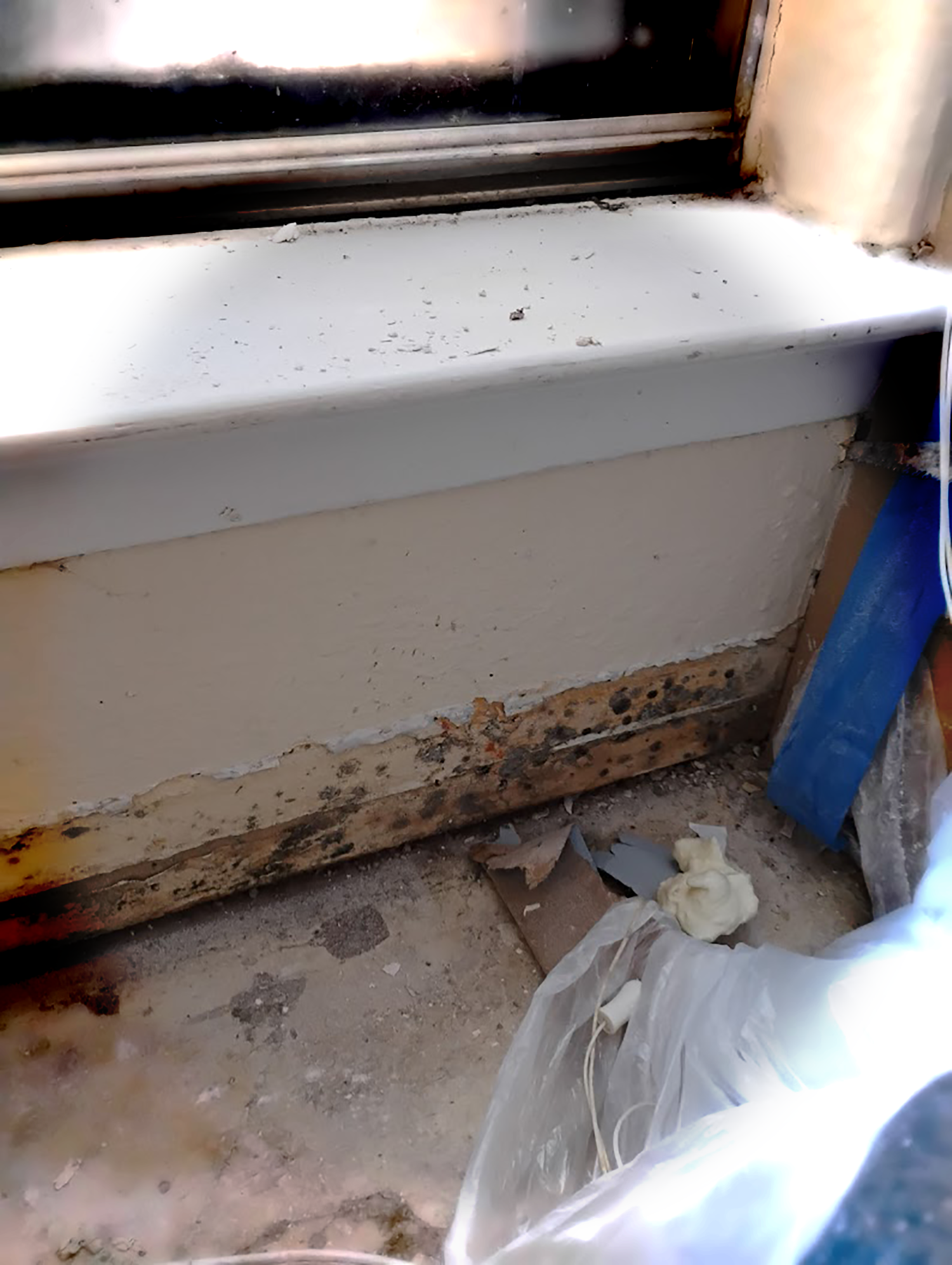Mold Inside Walls: What Homeowners Need to Know
Mold growing inside your walls isn’t just an eyesore—it’s a hidden threat to your home’s structure and your family’s health. Whether caused by water damage, poor ventilation, or unnoticed leaks, mold can silently spread behind drywall and baseboards before any signs appear. Here's what every homeowner should know about detecting, removing, and preventing mold inside walls.
Why Mold Forms Inside Walls
Mold thrives in dark, damp, and poorly ventilated spaces. Walls become ideal environments when:
-
A roof or plumbing leak saturates insulation or drywall.
-
Flood damage isn't fully dried out.
-
High humidity and lack of airflow create condensation inside walls.
-
There’s no vapor barrier or the wrong type of paint is used on interior walls.
In places like Dallas, where storms and humidity can quickly create moisture issues, mold can take hold in as little as 24–48 hours.


Signs of Mold Inside Walls
Mold inside walls may not be immediately visible, but watch for:
-
A musty or earthy smell in certain rooms
-
Peeling paint or bubbling drywall
-
Black, green, or yellow staining on surfaces
-
Recent water damage (even if the surface looks dry now)
-
Persistent allergy-like symptoms indoors (sneezing, watery eyes, headaches)
How to Confirm Hidden Mold
If you suspect mold, don’t tear open walls right away. Start with:
-
Moisture meter: Measures the moisture level inside drywall.
-
Infrared camera: Detects temperature changes that suggest hidden moisture.
-
Professional inspection: A licensed remediation company can test for mold spores and pinpoint growth inside walls.

What to Do If You Find Mold
-
Stop the source: Fix any leaks or water entry issues immediately.
-
Isolate the area: Seal off affected rooms to prevent mold from spreading.
-
Remove damaged materials: This often includes cutting out drywall, insulation, and even flooring if it's contaminated.
-
Treat the framing: Wood studs and cavities should be treated with antimicrobial solutions.
-
Dry completely: Industrial air movers and dehumidifiers ensure no residual moisture remains.
-
Restore and repaint: Once cleared, install new drywall and paint using mold-resistant materials.
Preventing Mold in the Future
-
Always fix plumbing and roof leaks promptly.
-
Use exhaust fans in bathrooms and kitchens.
-
Consider moisture barriers during renovations.
-
Choose mold-resistant paint and drywall in high-humidity areas.
-
Schedule annual inspections if your home has a history of leaks or flooding.
Need Help dealing with mold inside walls?
Call House Painting Triforce
Our team at House Painting Triforce doesn’t just paint—we restore, repair, and protect homes from issues like hidden mold. We’re experienced with flood-cut drywall repairs, proper sealing, and repainting walls with antimicrobial finishes. Serving the Dallas area with affordable, quality-driven work.
📞 Call or Text 945-900-5710
🌐 www.housepaintingtriforce.com



Add comment
Comments